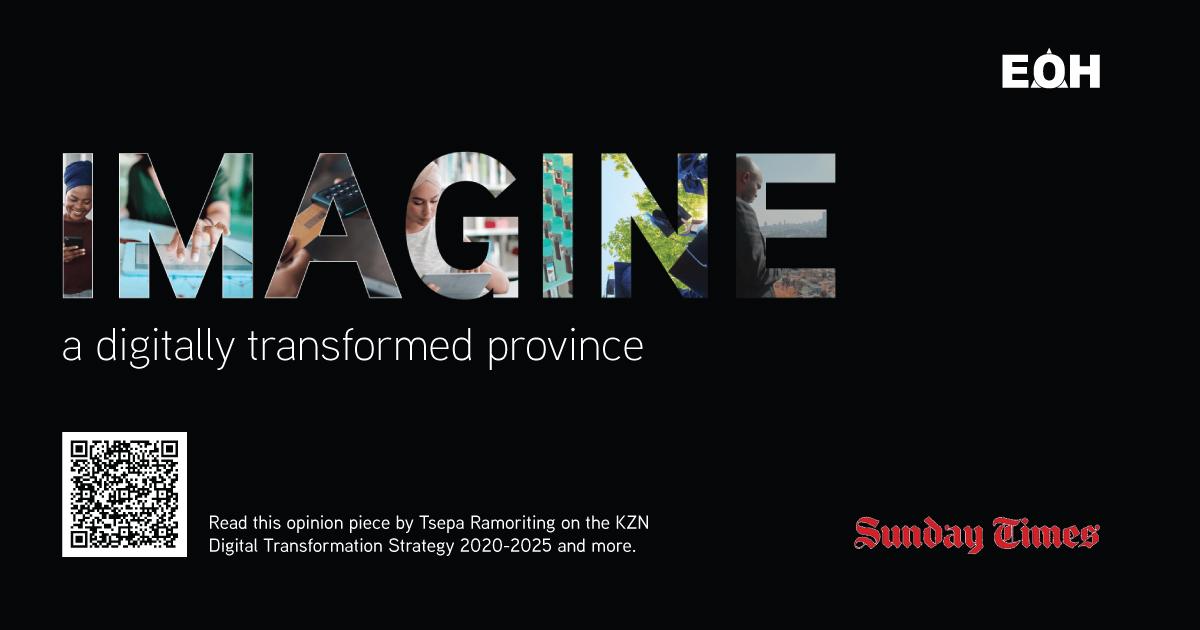Digital technologies allow public institutions to save costs, increase efficiencies, and establish closer ties to citizens. There are compelling examples – both locally and internationally – of the benefits of digitising public-sector and adjacent institutions.
“Both public service and technological innovation should ultimately result in tangible improvements in people’s lives. In fact, digital transformation in the public sector could make a significant contribution to socio-economic development both nationally and regionally, an opportunity that has been acknowledged in Kwazulu-Natal’s Digital Transformation Strategy (2020 -2025),” says Tsepa Ramoriting, EOH Group Executive, iOCO Technology.
An obstacle to effective digital-oriented public service is the decline in technical skills in the public sector. This, says Ramoriting, is something that EOH can help address. “The market for 4IR skills is more competitive, diverse and expansive than ever before and many talented professionals working in government are often headhunted by financial and other institutions. We are well positioned to guide learning, development and recruitment for the public sector by structuring integrated learnership programmes, implementing learning and development platforms, recruiting and building competent teams, and through executive search,” he explains.
EOH has developed a comprehensive, end-to-end approach to working efficiently and cost-effectively with the public sector, from advisory and strategic planning through implementation and the management and measurement of solutions.
“When we look at how to assist the public sector, we do so from a functional point of view, always taking the end user and optimisation into account. We distinguish between spheres of government – municipal, provincial and national – in terms of how they operate, their mandates and the services they offer to the citizenry, in order to determine how technology can best serve them,” says Ramoriting.
According to Ramoriting, EOH has a particular strength in data-driven technology, infrastructure and people solutions that can help connect citizens digitally to services and information, enable connectivity and network access, unlock efficiencies, optimise revenue and costs and ultimately improve service delivery.
“Harmony between software and physical systems is increasingly becoming the backbone of modern infrastructure. NEXTEC, an EOH company, enables intelligent buildings, cities and countries by seamlessly integrating physical systems with digital technologies to create intelligent, resilient and robust ecosystems, connecting people and physical infrastructure to data, information, processes, places, resources and one another.
“As a fully-fledged, independent turnkey provider of ICT capabilities, skills and technology, we are well placed to enable government entities to effectively achieve their objectives,” he concludes.
